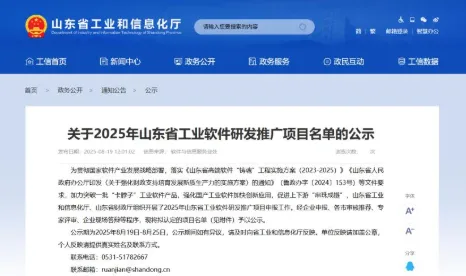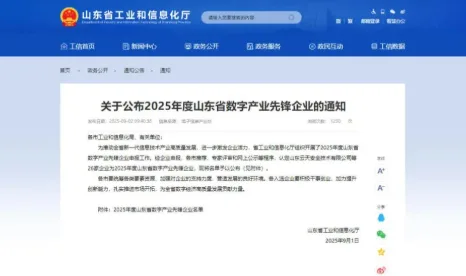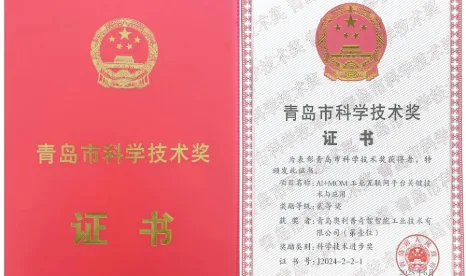Recently, Vice Premier Han Zeng, a member of the Political Bureau of the Central Committee of the Communist Party of China and Vice Premier of the State Council, conducted a visit to Nanchang and Jiujiang in Jiangxi Province. He visited the 350,000-ton annual production capacity glass fiber production base of Jieshi Group Jiujiang Co., Ltd. (hereinafter referred to as Jieshi Jiujiang Company), to investigate the situation of industrial transformation and upgrading as well as

Jieshi is the world's largest producer of glass fibers. After two decades of development, through measures such as institutional reform, complete factory relocation, and technological upgrading, Jieshi Jiujiang Company has been transformed into the largest glass fiber production base in central China, and has also driven the clustering and development of the new materials industry chain in Jiujiang. Jieshi responded to the national "Belt and Road" initiative and proposed a strategic layout of "three regions and five continents". In addition to having already established production bases in the eastern, central, and western regions of China, it also has large-scale glass fiber production bases in Egypt and the United States.
From the video released by CCTV News, we can see that the MES project we undertook and implemented has effectively supported the intelligent manufacturing and transformation of Jieshi Company. The operation stations, TV screens and the central large screen that we installed are all located at those places.
The Giant Stone MES project under this construction aims to comprehensively optimize and integrate the production process. It will achieve data storage, processing, utilization and management in various links such as kilns, drawing, ovens, vertical warehouses, twisting, cutting, packaging, etc., forming a comprehensive production operation management platform with functions including process management, production management, process execution, quality control, data analysis, etc. This will help achieve management goals such as improving production efficiency, ensuring safe production operation, reducing production costs, enhancing product quality and strengthening the core competitiveness of the enterprise.
Since the project kick-off meeting on May 7, 2020, it has gone through processes such as demand research, blueprint design, and system development. Due to the high process control requirements in the glass fiber industry, there are many process points that need to be monitored, with high collection frequencies and large amounts of data. Moreover, the transparency of information for each process is low, making it impossible to achieve multi-process relationship analysis and early warning. Facing high difficulty and high requirements, our project team has maintained an extremely high level of professional quality and ability. By using the logic of batch deduction for kiln furnace ingredient, we have realized the automatic backward deduction of raw material consumption batches and associated with inspection data, achieving raw material traceability, reducing the workload of manual record in the kiln furnace process. We have completed the implementation of formula change management for the chemical process, integrated with the Huarui system and SAP system to achieve automatic statistics and analysis of emulsifier requisition and consumption, automatically generating workshop-required reports, improving data accuracy and reducing personnel statistical working hours. Moreover, we have combined the production process management data with laboratory management data for analysis, quickly providing feedback on production quality status, automatically generating product inspection reports and factory inspection reports, achieving seamless connection between production and inspection. Through the unremitting efforts of all members of the project team, the Jieshi MES project has now been successfully launched and put into operation.
After the successful launch and operation of the Jieshi MES project we undertook, it will achieve "standardization" in system operation, "informationization" in process control, "visualization" in production monitoring, "rigorization" in quality control, and "one-click" in traceability management. This will enhance the informatization level of Jieshi Jiujiang Company, improve its decision-making speed and accuracy, effectively reduce operating costs, enhance the company's image and brand, help Jieshi Jiujiang Company expand its industrial chain, improve its core competitiveness, and achieve intensive development.






